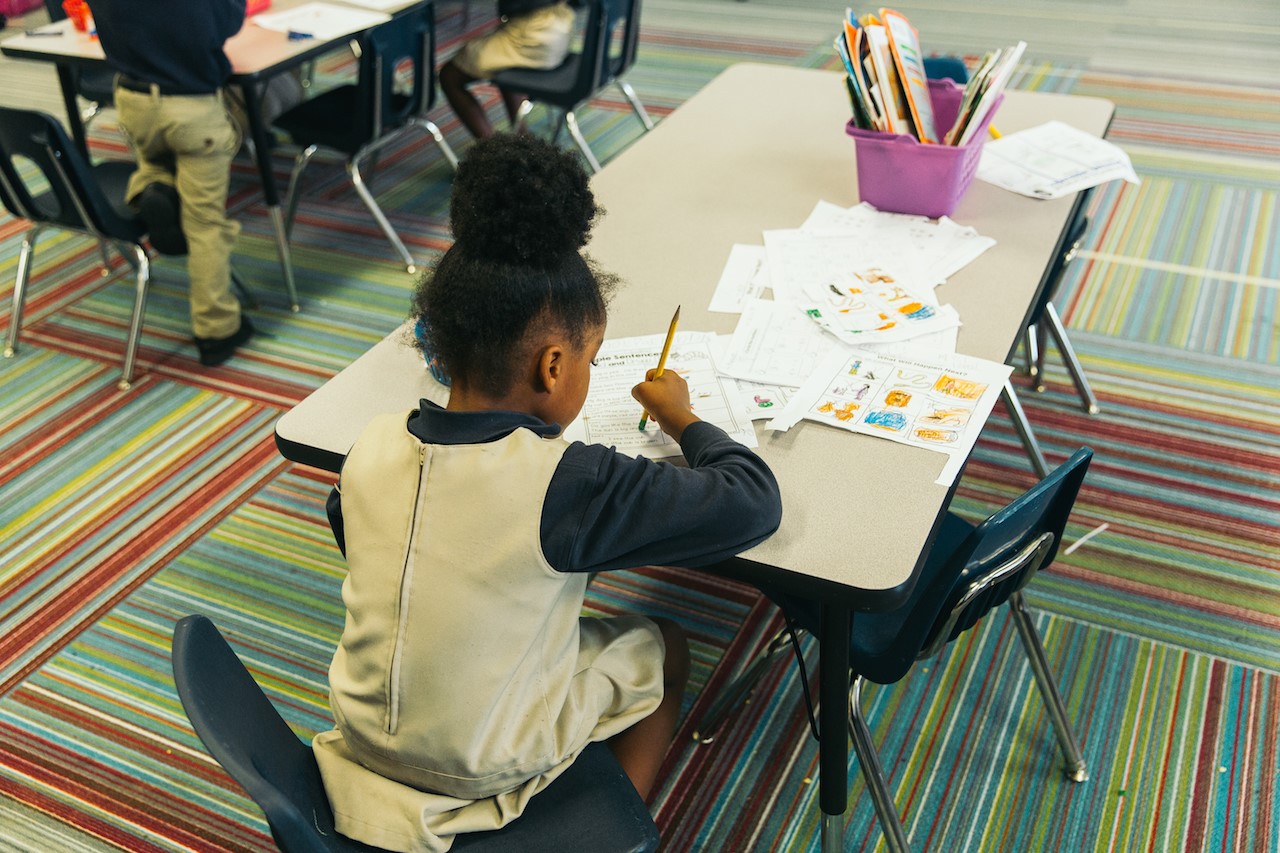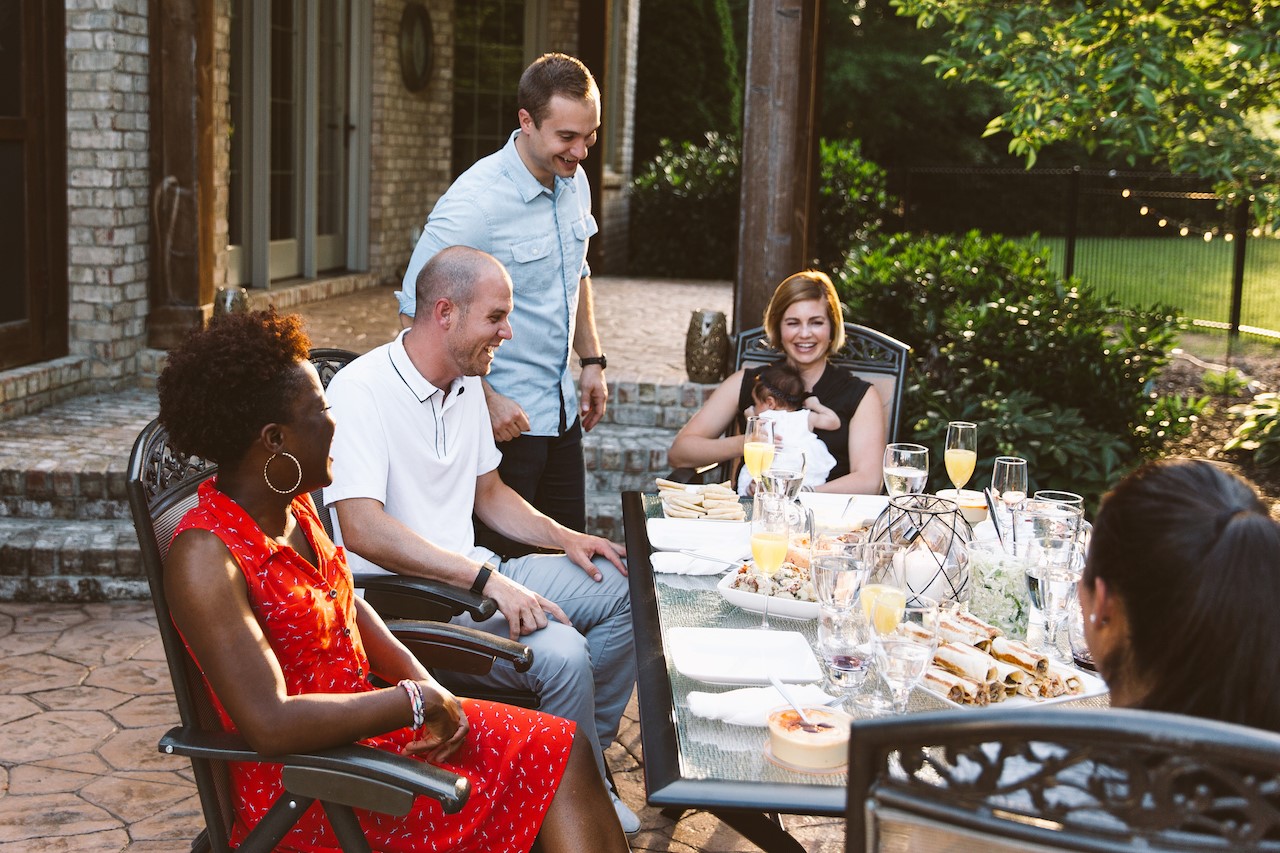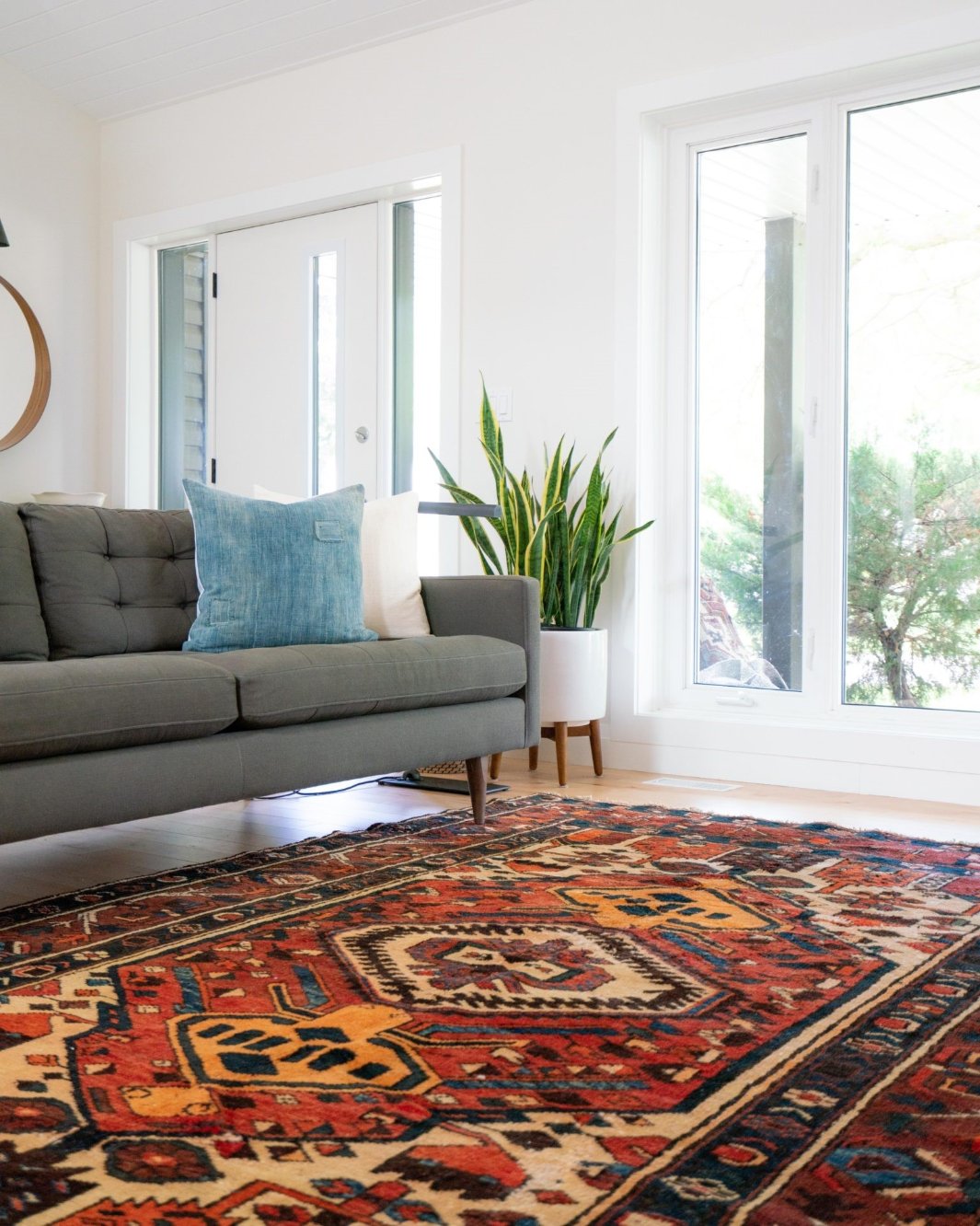5 signs you're buying in a family-friendly neighborhood
The adage is true: when Mom's happy, everyone's happy. But Mom won't be happy unless she knows her kids are as excited as she is about moving into a new home or neighborhood. Want to make your kids — and Mom — happy? Look for these five signs to ensure your future neighborhood is family-friendly.
1) Educational Resources: Rankings, daycares and tutors

Evaluate the public schools in your prospective neighborhood. While rankings aren't everything, they are important. Make sure the public schools have good reputations.
Although would-be buyers often evaluate the schools in their new area, they sometimes forget to investigate other educational resources. For example, how many daycares exist in the neighborhood and what ages can enroll there? Also, check whether the daycare's enrollment is at maximum or minimum capacity. This will help you gauge whether families with young children are moving into or away from the area.
Look for tutors. Private tutors only exist if demand for educational help outweighs supply. In other words, if too many students in public schools need help, and tutors feel swamped, private tutors step in to fill the gaps. Searching for active private tutors is a quick and easy way to discern whether families with school-aged kids live in your new neighborhood.
2) Green Space: A place where your kids can fly like the wind

Green spaces allow kids to be themselves. Bookworms can read all day while still enjoying fresh air. Artists can create without fear of making messes in the house. Athletes can run around, expending their vast sums of energy. In essence, green spaces foster creativity, imagination and contentment in your kids.
Backyards are important green spaces, especially for families with furry friends, but they're not the most important outdoor area. Make sure your new neighborhood has large gathering areas where your kids can develop social skills with their peers. Check for pools, playgrounds, tennis and basketball courts, park benches and picnic tables.
3) Public Opportunities: Guarantee the fun never stops

See if your new neighborhood offers child-centric activities throughout the year. If the area lacks opportunities made with kids in mind, you may want to check out other neighborhoods before purchasing your new home. Some of the best opportunities to look for include children's library programs, afterschool programs and summer camps.
4) Other Neighbors: Don't move next to nosy Mrs. Kravitz

To find the best neighborhood for you and your kids, scope it out before you actually buy your home. Do drive-bys. Talk to neighbors. Ask your real estate agent or the neighborhood spokesperson if any children your kids' ages live nearby. If families aren't already living in your prospective neighborhood, you may want to look at other housing options to ensure that your kids will love your new neighbors and make lots of friends.
5) Advertising: It's all about the kids

Pay attention to the advertising in the community to decide if it's really family-friendly or not. Determine who the local businesses are attracting. Are public parks hosting little league games? Do local theaters offer children's shows? Are the restaurants more like Longhorn Steakhouse or Chuck E. Cheese's? If it's the latter, you know the emphasis is on children.
Don't stress over whether your kids will love your new neighborhood. Instead, do some reconnaissance before you buy a home. If these five signs exist in your prospective neighborhood, you can rest assured knowing your entire family will love your choice to move.


